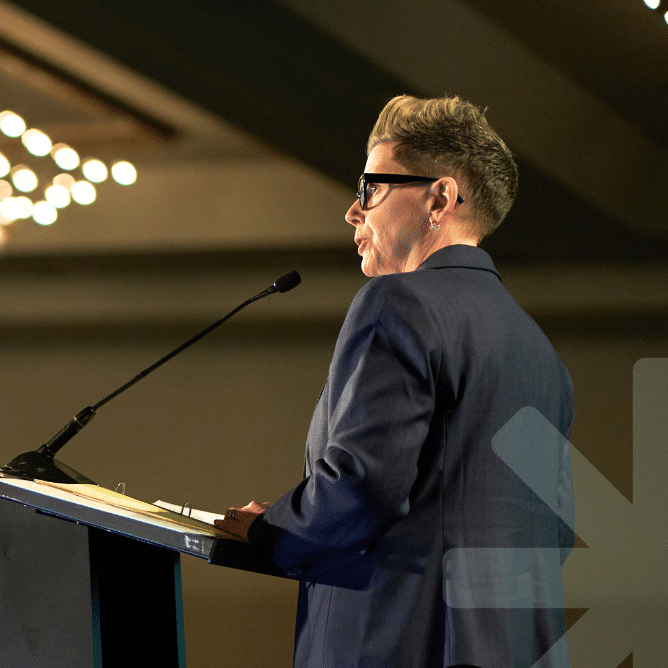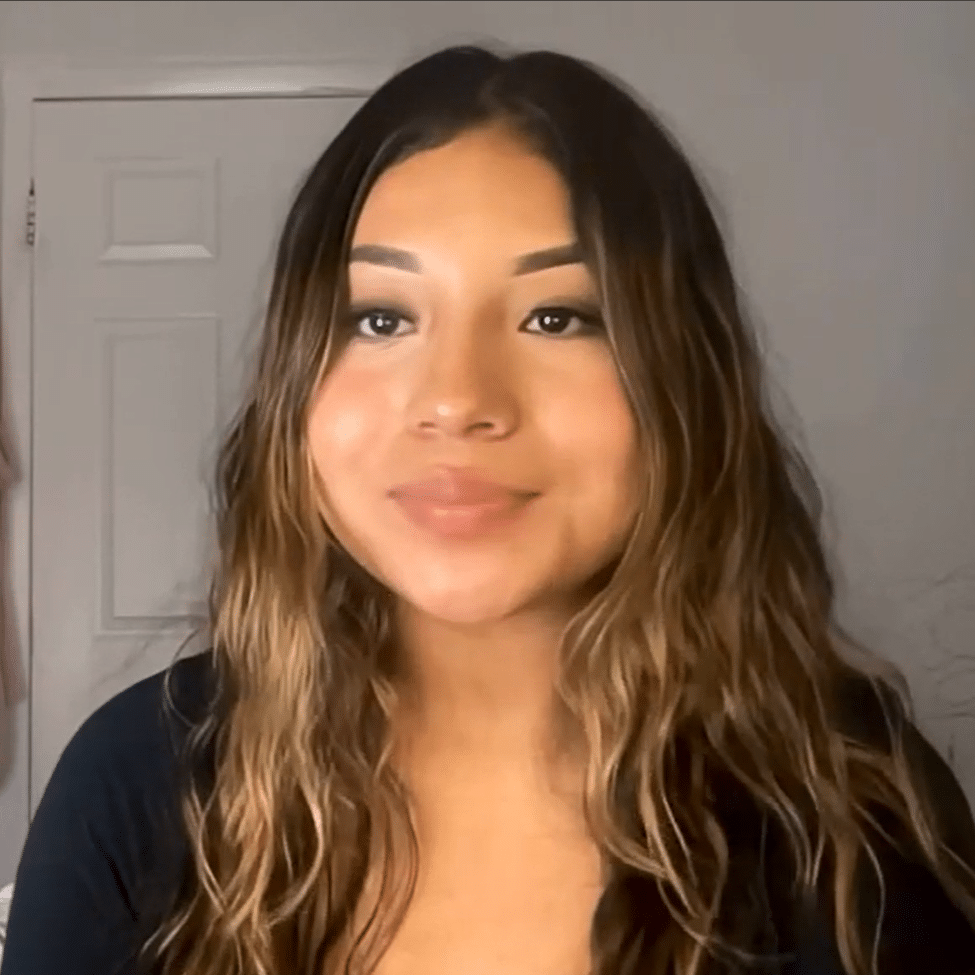02.24.2025
All About Filing Taxes for Young Adults in Foster Care

Taxes can feel overwhelming, especially if you’re a young adult in foster care filing taxes for the first time. The good news is there are many resources available to guide young adults how to file taxes. We reached out to a couple of tax professionals to help answer some frequently asked questions. Nancy Schauer is a CPA (Certified Public Accountant) and practicing tax advisor who runs her own firm here in Washington. Phillip Quinn is an associate accounting professor at the University of Washington who oversees the university’s Volunteer Income Tax Assistance (VITA) program.
“I think this is the best time of life to learn how to prepare your own tax return,” Nancy says. “I realize it might seem daunting because it is something new and young adults are juggling a lot. Reaching out to volunteer groups like VITA and AARP are great because you’ll also get some coaching in the process and, hopefully, will feel more comfortable next year going it completely on your own.”
Why Should Young Adults File Taxes?
Even if you don’t meet the income threshold for required tax filing, there are still benefits to young adults filing a tax return. Phillip explains, “You can get money withheld back, discover refundable tax credits, build a financial history that can be used when applying for housing or loans, build Social Security benefits, and more.”
Nancy notes that part-time workers especially might be getting money back! “Often, part-time workers or those who are also furthering education have too much federal income tax withheld from their paychecks during the year, and once they’ve completed their tax return, they are owed a refund. The only way to claim that refund is to prepare and file an income tax return with the IRS.”
How Do You File Taxes?
You have a few different options for filing taxes:
1. Self-filing through a free or paid website. Legitimate free tax filing websites include Myfreetaxes.com or IRS Direct File.
2. Free filing with an IRS-certified volunteer tax-preparer program like VITA or AARP.
“I encourage individual taxpayers who make less than $80,000 (or non-single taxpayers who make less than $96,000) to consider using VITA—a free service—to keep more of their hard-earned money,” says Phillip. VITA programs usually run from January to April 15 and often have virtual or in-person options. Search free tax prep programs by your Zip Code. VITA sites can also help with renewing or applying for an ITIN, a tax number for US residents who are not eligible for a Social Security number.
3. Paid filing through a tax preparation company. This method is usually the most costly one.
What Tax Forms Will You Use?
- 1040: This is the main tax return form taxpayers complete each year. “1040 is just a form number for people who are residents of the United States who have income and deductions to report or credits and withholdings to claim,” Nancy explains. “Instead of saying ‘US Individual Income Tax Return,’ we commonly say ‘1040.’”
- W-2: This form reports your wages and taxes withheld by an employer. If you are missing a W-2, follow up with your employer. Even if you no longer work there, your employer should provide you with a W-2 through mail, email, or an employee portal.
- Independent contractor and gig work forms: If you delivered food, drove for a rideshare service, or worked freelance, you should receive Form 1099-NEC or 1099-MISC. These types of jobs don’t withhold taxes, so you may owe taxes at the end of the year if you make a certain amount. “Don’t forget that you might have expenses you had to pay while earning that income, such as parking fees or gasoline,” says Nancy. “Those expenses are allowed to reduce the taxable income you earned and can be reported by you on your 1040 and on another form that you’ll include with your 1040, a schedule C, Profit or Loss from Business.” So, keep those receipts for gas, supplies, etc. in a safe place for tax season!
- Education-related forms: Colleges issue Form 1098-T for tuition and scholarships, and lenders issue Form 1098-E for student loan interest. They may mail these forms or you may need to access them in your student portal.
What to Know about Taxes and Higher Ed
“If you are furthering your education, you may qualify for education tax credits and deductions for student loan interest,” says Nancy. “Filing an income tax return is the only way to claim these benefits you deserve.”
- You may qualify for education-related tax credits. Students can benefit from tax credits, such as the American Opportunity Credit.
- You may qualify for deductions (reducing your tax responsibility). If you are paying back student loans, the interest you paid on those loans is deductible. You’ll receive a 1098-E form telling you how much you paid in student loan interest last year.
- Financial aid used towards “qualified educational expenses” is not taxable income. If you received grants or scholarships to pay for tuition, fees, or course-related supplies like books, you won’t be taxed on these funds. Financial aid used for non-qualified expenses like room & board, food, or transportation may be taxed. You’ll receive a 1098-T from your college explaining what to report on your tax return.
- Save your completed tax return! Next time you fill out the FAFSA/WASFA for financial aid, you’ll need to refer to your previous taxes. If you do your taxes online, make sure you save a PDF copy, or save a hard copy somewhere safe.
Tip: If you have a hard copy, take photos with your phone so you have an electronic copy you can save in your email!
What if Something Goes Wrong?
- If you are missing tax documents. “Reach out to those employers’ HR or payroll departments, even if you don’t work there any longer,” says Nancy. “Your address may have changed, or you have a new email contact, and forms could not reach you by mail or email. Many employers are also providing their forms by their employee portal. Even as a former employee, you still should have access to obtain your 2024 tax forms like W-2s reporting your wages and withholdings. Once you receive the forms you need to check them and make sure they seem correct to you. If not, reach back to the employer for explanation and possible amendment or correction.”
- If you find out your employer didn’t withhold enough taxes (and you ended up owing some taxes). Employers have you complete a W-4 when they hire you, and based on that info, they figure out how much tax to withhold from your paycheck. Ask your employer how you can get your W-4 fixed to withhold more taxes so you won’t owe next year!
- If you need to make a correction. Found an old 1099 from a couple years ago you never filed? Need to fix a mistake for a tax return you already filed? VITA sites and MyFreeTaxes.com can help with corrections and filing amended tax returns from up to 3 years ago— and sometimes even further back, just check with them first.
Important: The IRS sends letters in the mail when they have questions. They do not call, email, or text you. Protect yourself from fraud: don’t give out your personal information over the phone to people claiming to be the IRS.
Final Thoughts for First-Time Filers
“This is an exciting time of life when you might be earning income and seeking more educational opportunities,” says Nancy. “Preparing your first US individual income tax return is a personal accomplishment and could be rewarding financially. You’ve got this!”
Additional Resources
United Way–King County: Free Tax Help
JBAY Taxes 101 (Specifically for young adults who have experienced foster care. Some info is specific to California state taxes.)
United Way–King County: Resources for College Students (United Way of King County has free financial coaching, including tax help, for students at 10 community colleges in King County.)
Subscribe to Our Blog




About the Author
Amy Navarro is the Director of the Launch Success program and has been with Treehouse supporting young adults and the Launch Success Coaching team since July 2023. She loves helping young adults plan for their future career and education.
Comments are closed.